
Review of the Year 2024
20/12/2024 · By Dave Riley, CEO
From all of us at Great Rail Journeys, we wish you a wonderful festive period. Take a look back at 2024 and get a glimpse at our new holidays for 2025.
Read moreYork is a fascinating city with a long and varied history. Founded by the Romans in 71 AD, York was originally called Eboracum and was based around the Roman fort. Eboracum carried on thriving even after the Romans left, and by 866 it was a prime target for the Vikings, who captured the city and re-named it Jorvik. Although the Vikings ruled over a large part of England, Jorvik became their capital due to its strategic position.
The city continued to grow after it was acquired by the Saxons in the 950s, so it is not surprising that William the Conqueror thought it vital to build a castle in the city, to secure the land from the Northern Rebellion of the late 1060s. Once William's rule was more firmly established, York found itself at the centre of a number of important trading routes, thanks to its location on both the River Ouse and the River Foss. The Middle Ages were a time of great prosperity for the city.
Find out more with a free brochure and enjoy weekly travel inspiration and offers in our e-newsletter.
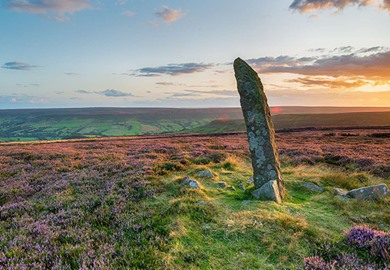
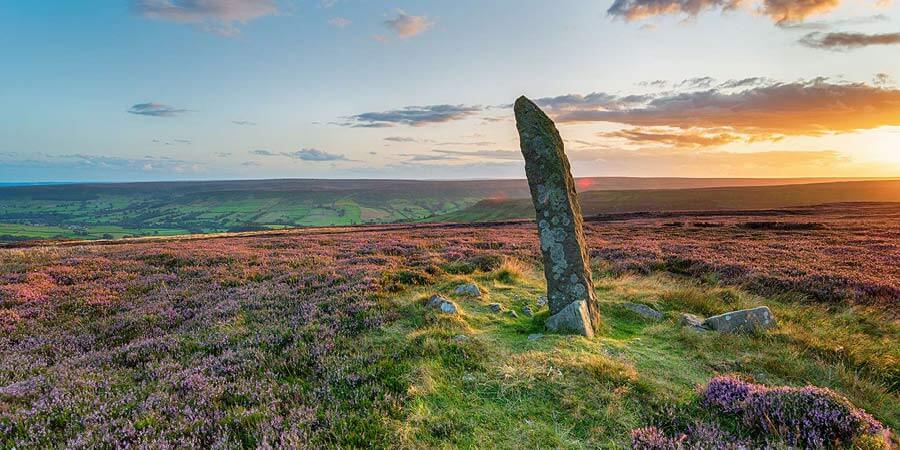
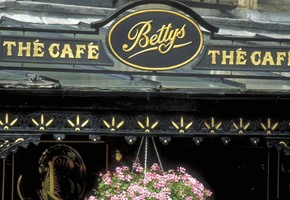
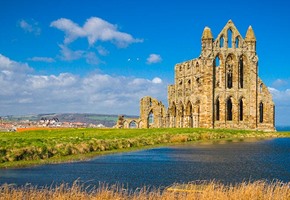
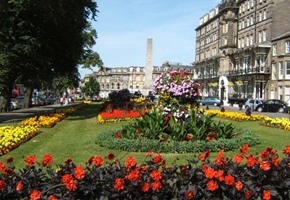
 (732 reviews)
(732 reviews)Discover Yorkshire on this picturesque getaway by rail. With timeless towns and cities, Yorkshire is packed with rural landscapes, ancient streets, and diverse architecture, just waiting for you to explore. After checking into your hotel in the elegant town of Harrogate and visiting the coastal town of Whitby, enjoy a journey on the North...
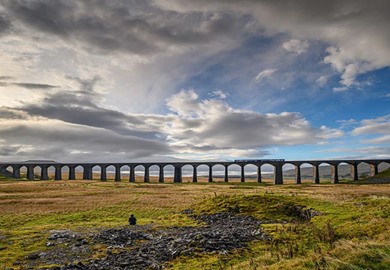
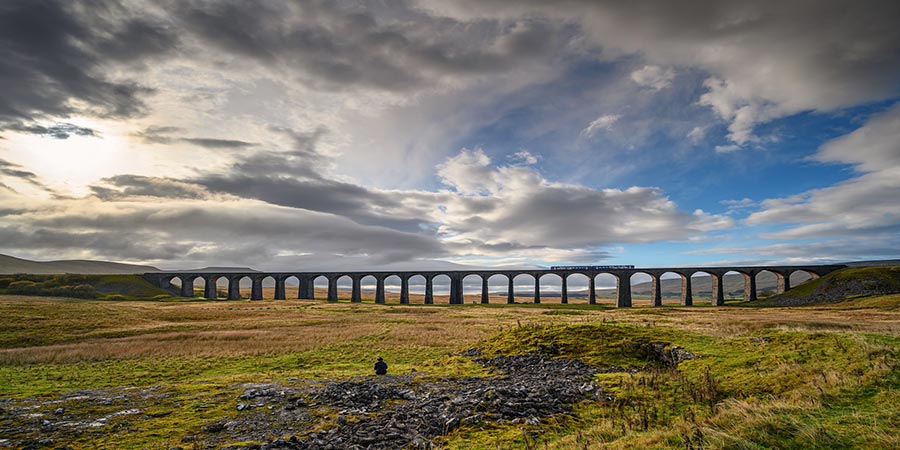
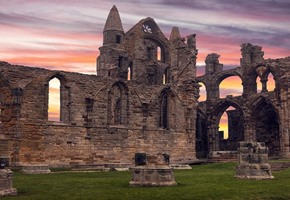
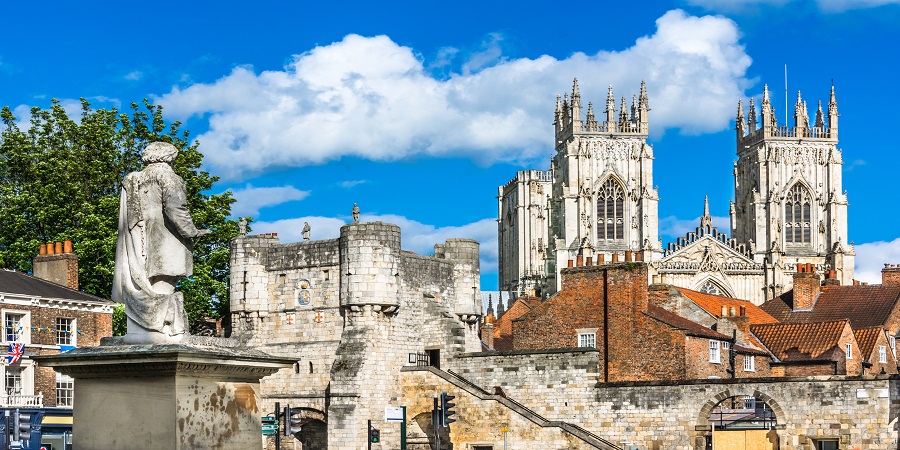
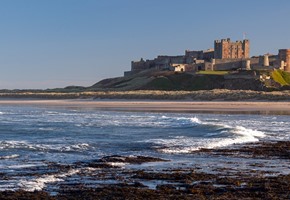
 (210 reviews)
(210 reviews)Encounter the untamed Yorkshire Moors and rolling Yorkshire Dales aboard heritage trains on the North Yorkshire Moors and Settle-Carlisle railways, before discovering the unspoiled gems of Northumberland on a tour which blends dramatic landscapes with fascinating history and culture. In Yorkshire, wander among the spectacular gardens of RHS...
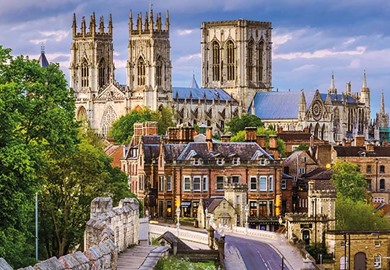
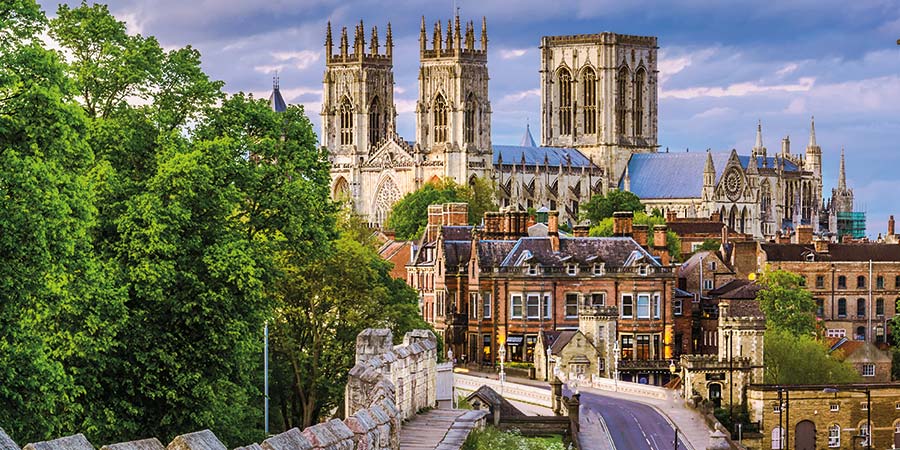
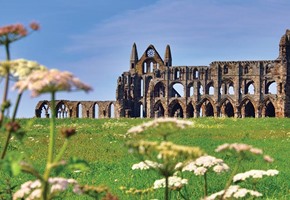
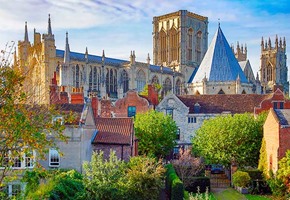

History, natural beauty and Yorkshire charm come together on this six-day getaway. From the ancient city walls of York to the rolling landscapes of the North Yorkshire Moors, explore the heritage of God's own county. Explore grand gardens, historic abbeys, and seaside towns, while enjoying local delicacies. This expert itinerary is an ideal mix...

Railways
The arrival of the railway in York improved the city's fortunes, with the railway industry employing nearly 6,000 local people, and tourism to the city became far more popular. Furthermore, being roughly the midpoint on the railway between London and Edinburgh, York was once again in a brilliant position for freight trade. Today York retains many signs of its early prosperity, as well as the influence of the Romans, Vikings, Saxons and Normans in its rich architecture. With so much of its beautiful Medieval centre still intact today, the city is a delight to explore. Exploring York is a hugely rewarding experience, and you will need to choose your options carefully. The city encompasses a wealth of historic treasures, surrounded by its magnificent 13th century walls, with their four gates, or 'bars' as they are known. Perhaps take a stroll along the walls for a different perspective of the beautiful city. Other options include an open-top bus tour and a cruise on the River Ouse.
York Minster
The largest Gothic Cathedral in Northern Europe, York Minster was consecrated in 1472
AD, and towers above the city's Medieval streets. Highlights of the
Minster include the stunning Great East Window, which dates back to
1408 and is the world's largest Medieval stained glass window.
Another popular feature is the striking 15th century choir screen,
which depicts sculptures of the Kings of England from William I to
Henry VI. If you're feeling really energetic, perhaps climb the
Minster's central tower for the terrific views over the city. Even
today, buildings in York are not permitted to be as tall as the
Minster, so the views are certainly far-reaching.
The National Railway Museum
The natural successor to the former North Eastern Railway's museum
in York, the National Railway
Museum first opened in 1975, and was the first national
museum outside of London. The collection was housed in the former
engine shed for York station, which is today known as the Great
Hall. One of the former goods storage halls was redesigned to look
like a railway station, and was opened as an extension in the early
1990s, now known as the Station Hall.
The Jorvik Viking Centre
Standing on the site of many Viking archaeological finds,
the Jorvik Viking
Centre recreates some of York's streets as they would have
been when the city was called Jorvik and was the capital of the
Viking Kingdom - right down to the smell! There is also a number of
Viking artefacts found in the city on display.
The Shambles
The Shambles is regarded as one of the best preserved Medieval
streets in Europe, although the name is also used to refer
collectively to the surrounding maze of narrow, twisting lanes and
alleys as well. The street is mentioned in the Domesday Book,
meaning it has been in continuous existence for well over 900
years. It was originally home to a number of butchers, and many of
their hooks and meat shelves are still present on the street
today.
Castle Museum
Opened on the site of York Castle's former prison section,
the York Castle Museum features a
number of displays about life in the past. These range from a
feature on life for prisoners to Kirkgate, a recreated Victorian
street alive with the sights, sounds and characters from more than
100 years ago.
Clifford's Tower
The principal remains of York's Medieval castle, Clifford's Tower was built
originally by William the Conqueror to subdue the Northern
Rebellion. Situated on top of an artificial mound, the Tower
affords great views of the city from the top of its ramparts.